
HOW TO QUICKLY REMOVE URIC ACID CRYSTALLIZATION FROM YOUR BODY TO PREVENT GOUT AND JOINT PAIN
Uric acid crystallization in the body is a major cause of gout, a form of arthritis that results in sudden and severe joint pain. Gout occurs when uric acid, a waste product produced by the body during the breakdown of purines in food, builds up in the blood and forms crystals in the joints. These sharp crystals can cause inflammation, pain, and swelling, especially in the big toe. If left untreated, gout can lead to joint damage and other serious health problems. Fortunately, there are effective ways to reduce uric acid levels in the body, prevent the formation of uric acid crystals, and alleviate the painful symptoms associated with gout and joint pain.
One of the most effective ways to reduce uric acid levels in the body is to stay well-hydrated. Drinking plenty of water helps to flush out excess uric acid through urine, preventing it from accumulating in the joints. It is recommended to drink at least eight glasses of water a day to maintain proper hydration levels. Additionally, consuming water-rich foods such as fruits and vegetables can further help to reduce uric acid levels.
A balanced diet is another crucial factor in preventing gout and reducing uric acid crystallization. Avoiding foods that are high in purines, such as red meat, organ meats, shellfish, and alcohol, can significantly lower uric acid production. Instead, focus on incorporating low-purine foods like whole grains, vegetables, and low-fat dairy products into your diet. Cherries, in particular, have been shown to help reduce uric acid levels and inflammation, making them a great addition to a gout-friendly diet.
Exercise is also an important part of managing uric acid levels and preventing gout attacks. Regular physical activity helps to maintain a healthy weight, as obesity is a major risk factor for gout. Excess weight puts added pressure on the joints, making them more susceptible to uric acid crystallization. Engaging in moderate exercise, such as walking, swimming, or cycling, can help to improve joint function and reduce the risk of gout flare-ups. However, it is important to avoid intense physical activity during a gout attack, as it may worsen the pain and inflammation.
In addition to dietary and lifestyle changes, certain medications can help to manage uric acid levels and prevent gout attacks. Nonsteroidal anti-inflammatory drugs (NSAIDs) can be used to reduce inflammation and alleviate pain during a gout flare-up. Colchicine, a medication specifically designed for gout treatment, can also help to prevent uric acid crystals from forming and reduce the severity of symptoms. In some cases, doctors may prescribe medications that help lower uric acid production or increase its excretion through urine.
For individuals who experience frequent gout attacks, it is essential to work closely with a healthcare provider to develop a personalized treatment plan. This may include regular blood tests to monitor uric acid levels, as well as ongoing adjustments to diet, exercise, and medication. Early intervention and consistent management can help prevent long-term joint damage and improve quality of life for those living with gout.
In conclusion, gout and joint pain caused by uric acid crystallization can be effectively managed through lifestyle changes, hydration, a balanced diet, regular exercise, and the use of appropriate medications. By taking proactive steps to reduce uric acid levels and prevent the formation of crystals, individuals can reduce the frequency and severity of gout attacks and enjoy improved joint health.
News in the same category


Top 10 foods that improve blood circulation in legs
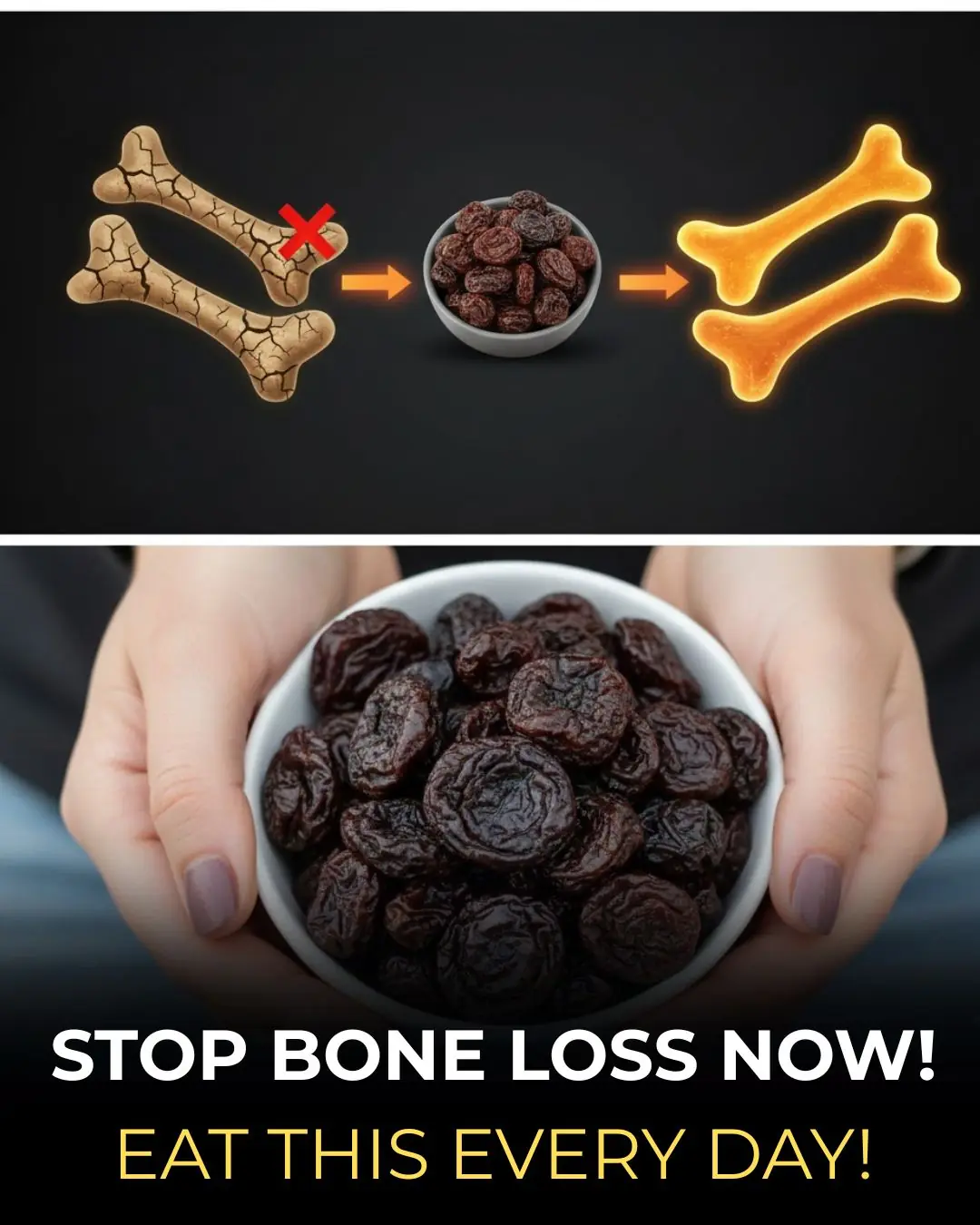
Orthopedist’s Secret: How to Support Natural Cartilage Repair in Just 24 Hours
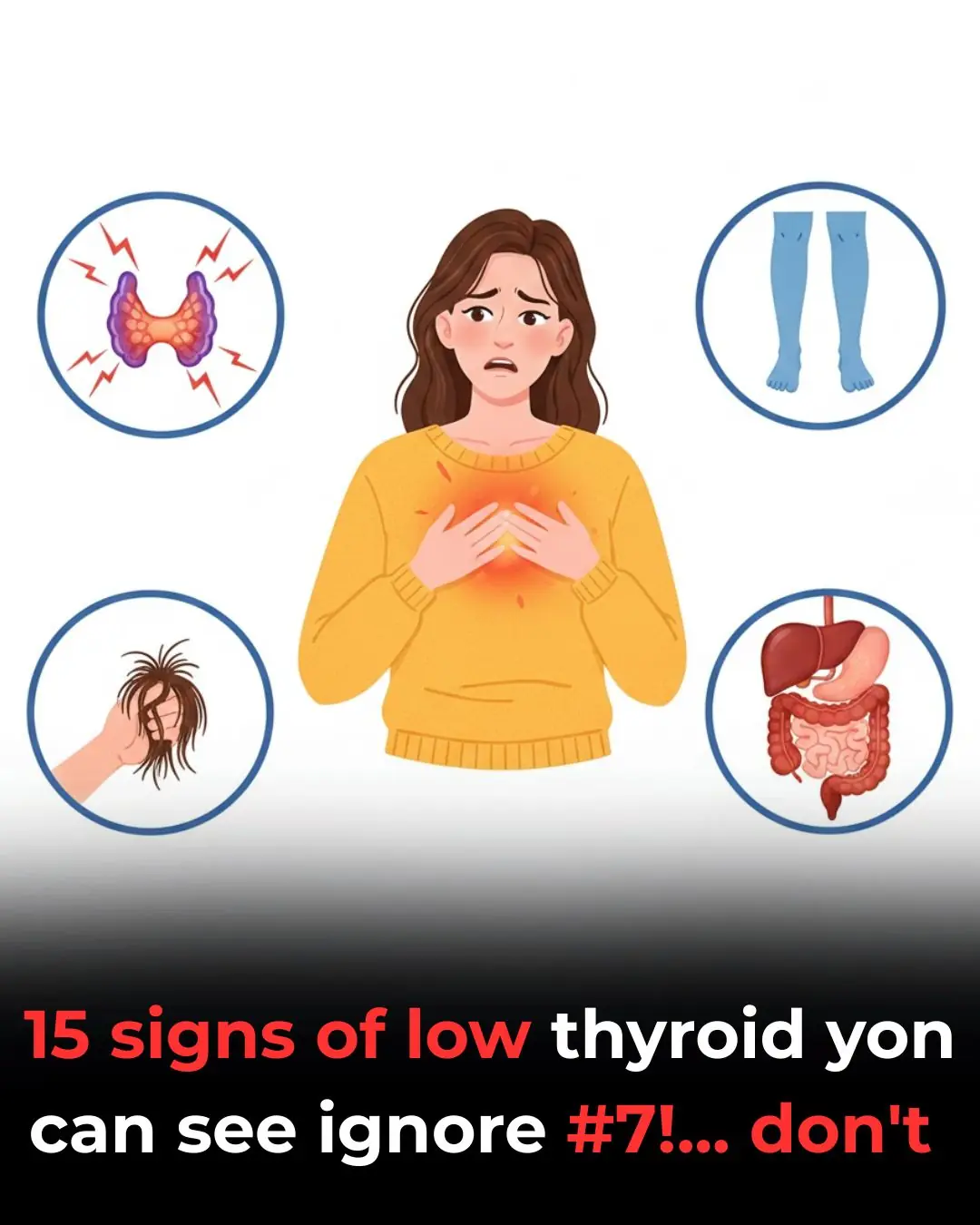
15 visible signs of low thyroid you can see – don’t ignore #7!

The new vitamin D findings forcing experts to rethink heart health

Diabetes? Just Boil These Leaves to Lower Blood Sugar (Without Medications!)

These 9 Nutrients Will Shockingly Heal Nerve Damage!
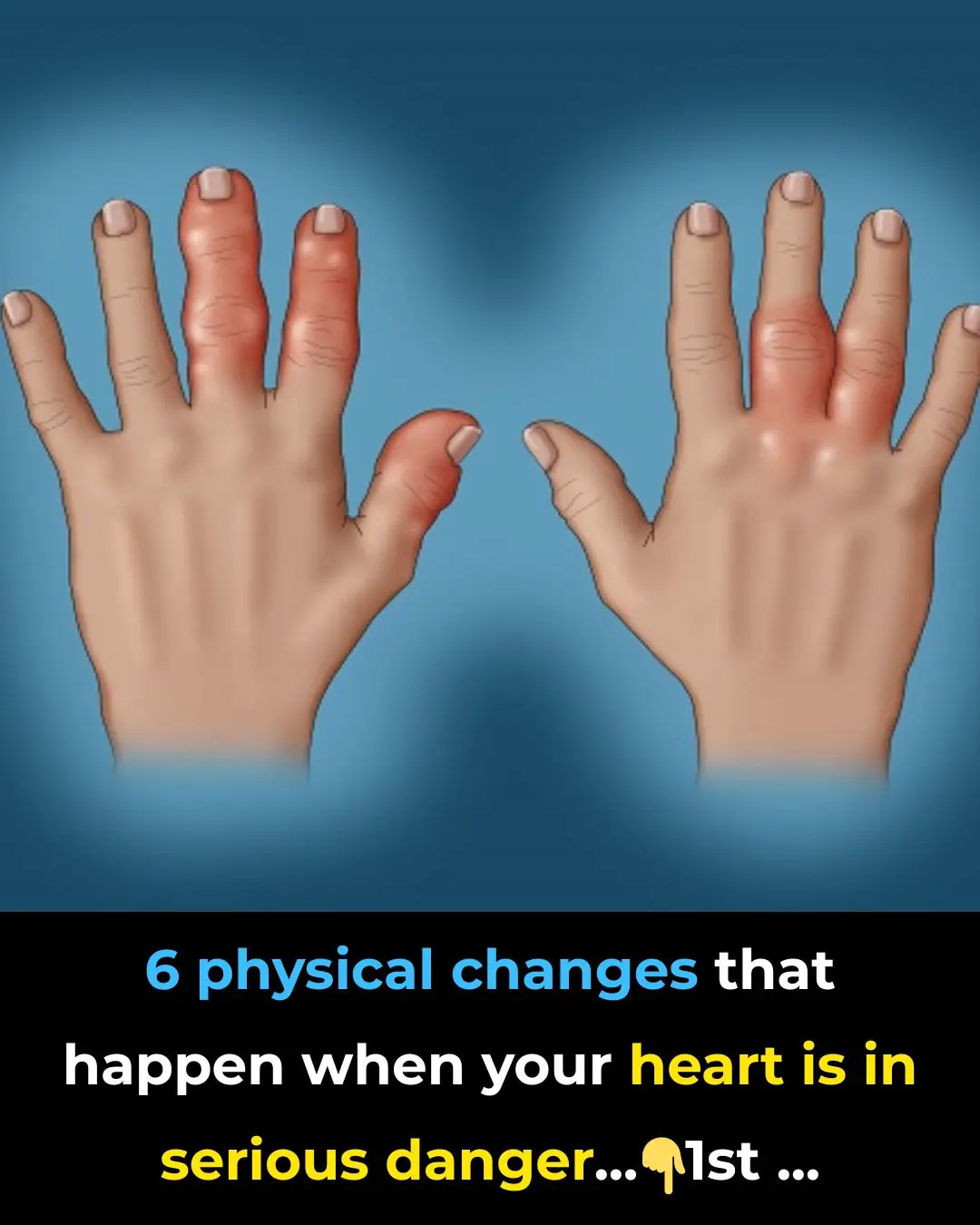
6 Physical Changes That Happen When Your Heart is In Serious Danger
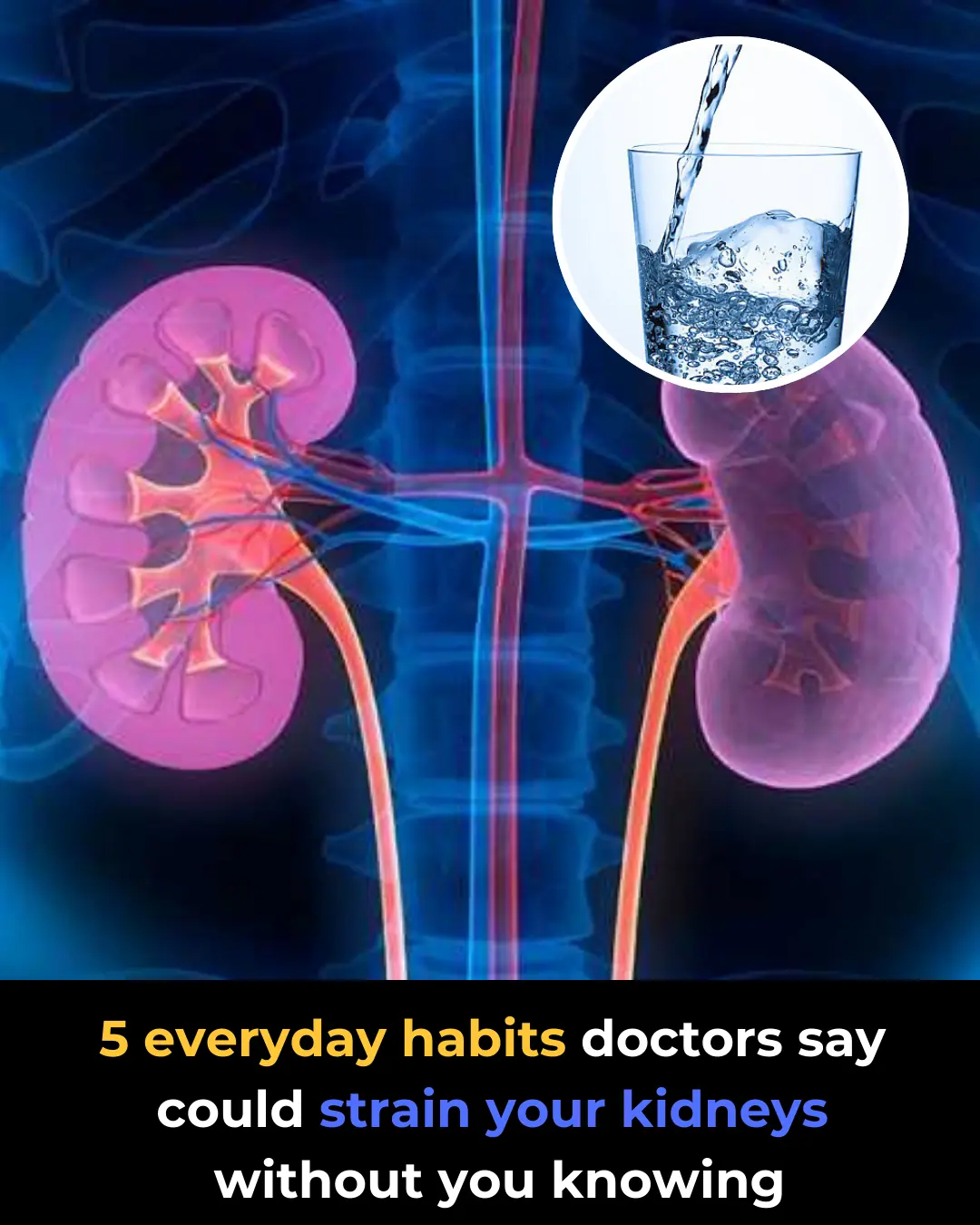
5 Common Habits That Quietly Damage Your Kidneys

Rosemary Tea: Drink It for 15 Days and See What Happens
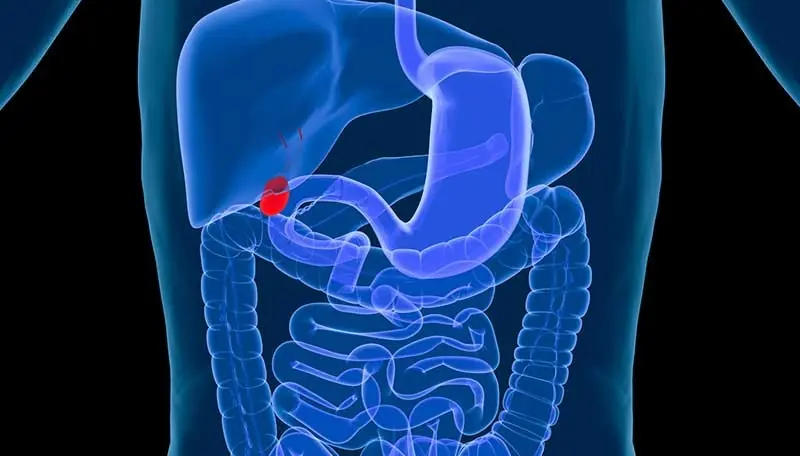
What happens to the body after gallbladder removal? 3 diseases that may follow — avoid surgery if possible

If Your Kidneys Are In Danger, The Body Will Show These 10 Signs

Prostate health expert reveals the 5 daily habits men over 50 shouldn’t ignore
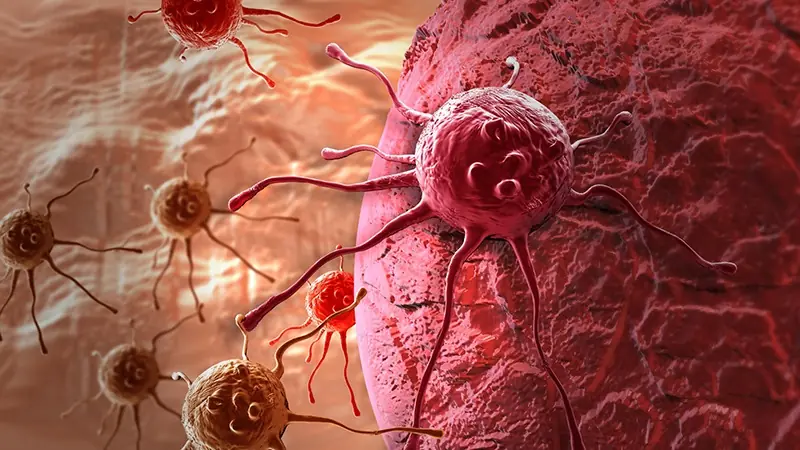
7 Powerful Anti-Cancer Foods You Should Start Including in Your Diet
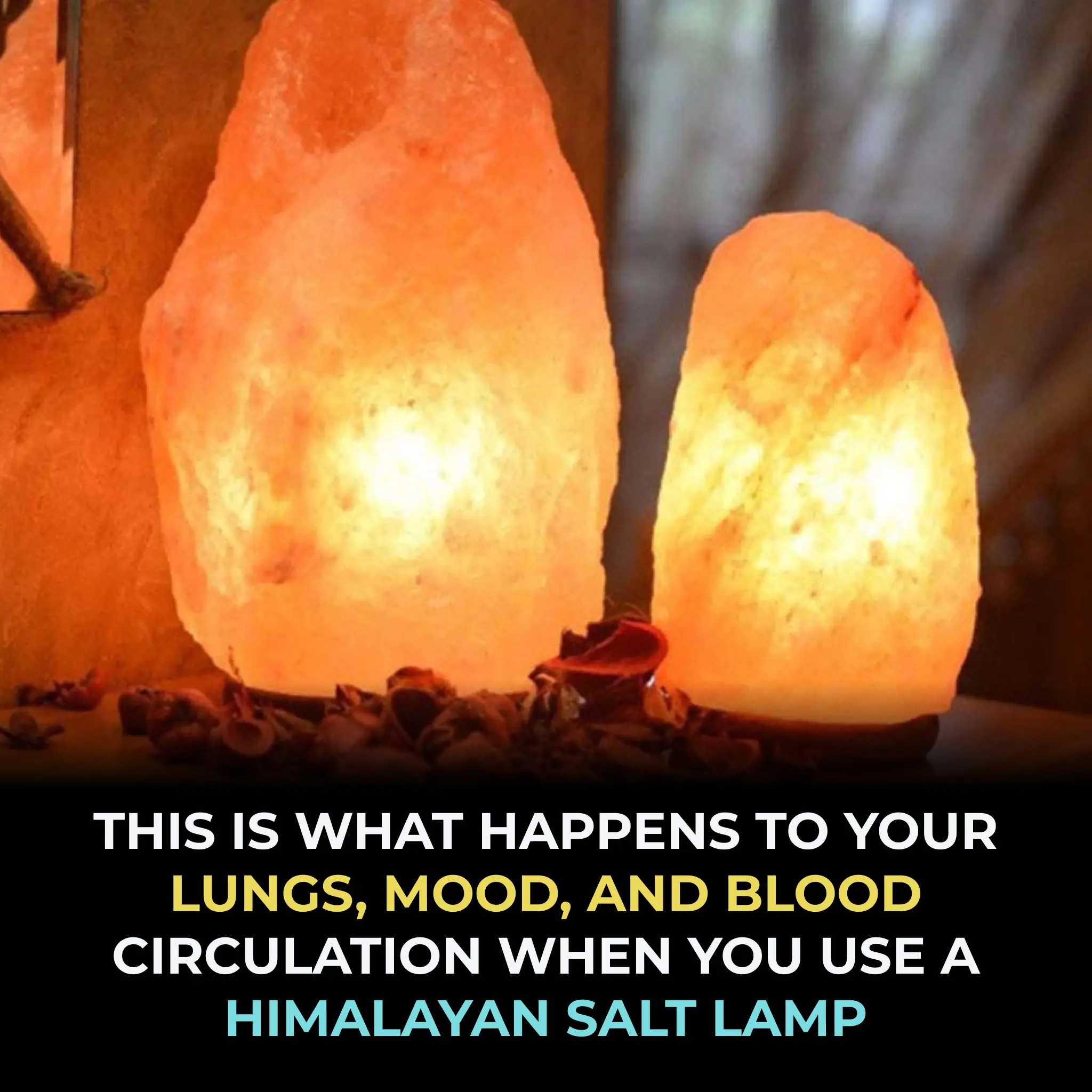
THIS IS WHAT HAPPENS TO YOUR LUNGS, MOOD, AND BLOOD CIRCULATION WHEN YOU USE A HIMALAYAN SALT LAMP
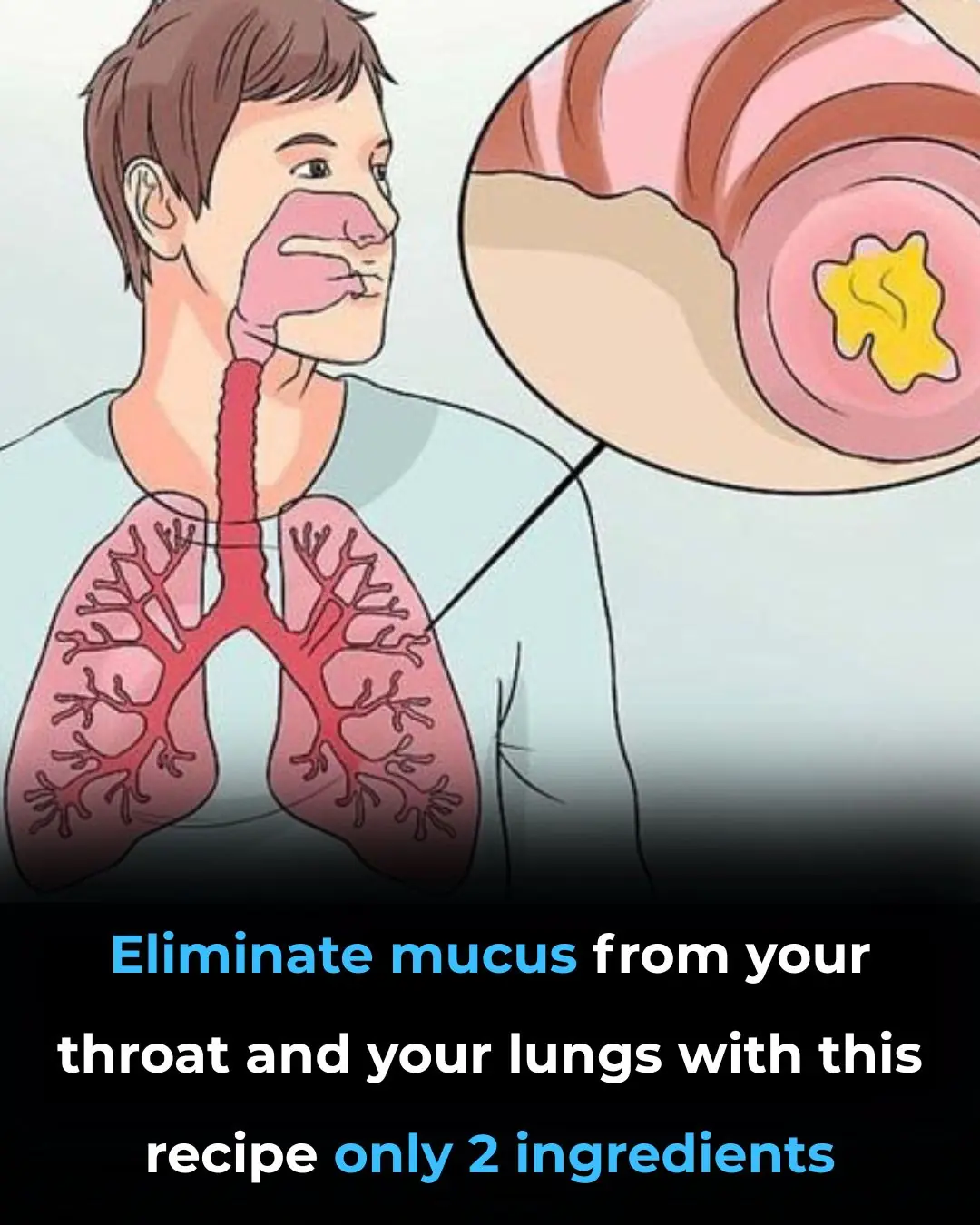
🍯 Clear Mucus Naturally: The 2-Ingredient Soothing Remedy 🍋
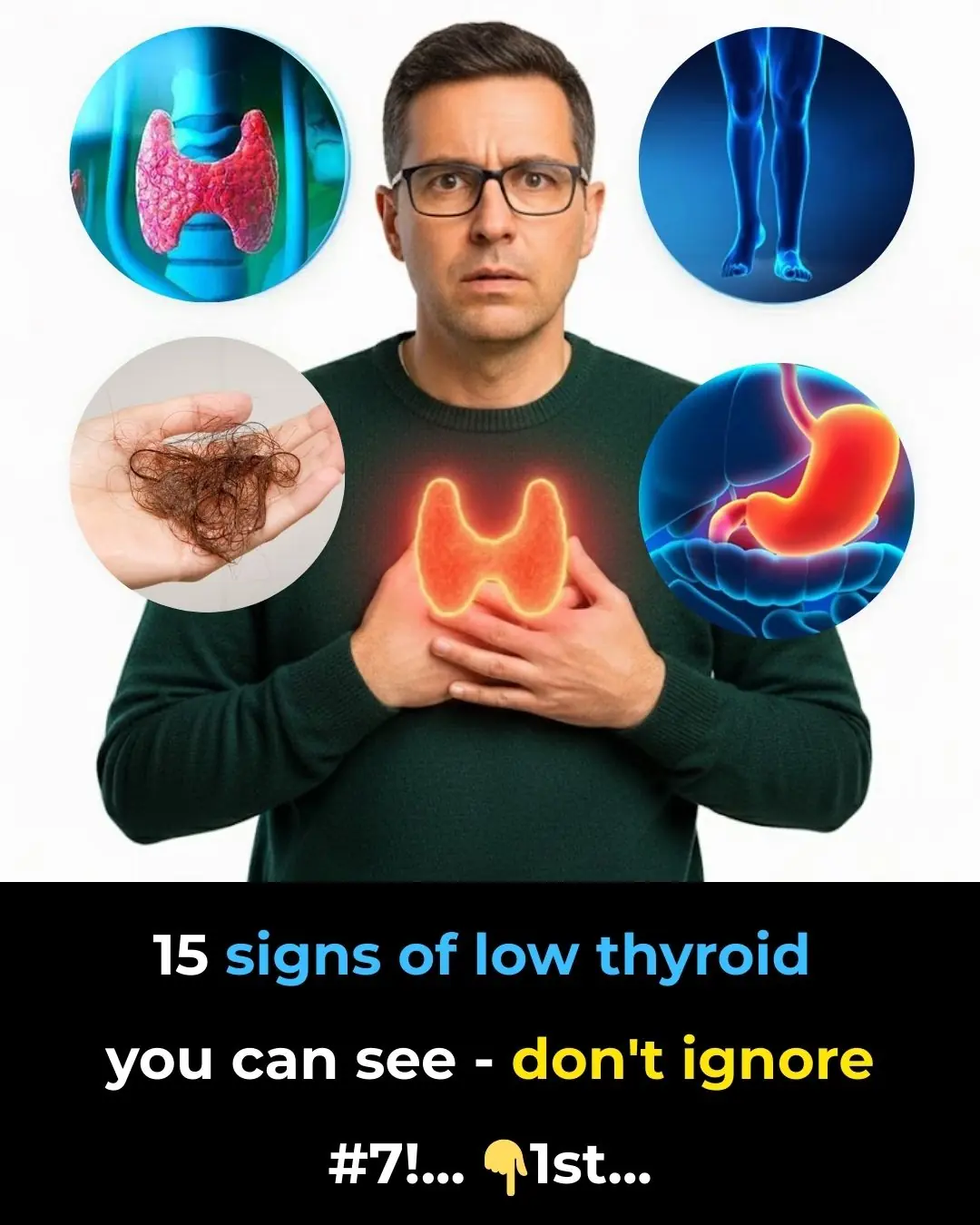
15 visible signs of low thyroid you can see – don’t ignore #7!

8 powerful anti-cancer foods you should start including in your diet

Prostate health expert reveals the 5 daily habits men over 50 shouldn’t ignore

The 4 hidden causes of persistent phlegm in your throat (& how to fix it naturally)
News Post

The Mystery of the Upside-Down Baluster

Move Two Matchsticks To Form The Highest Number

The Science of Neuroplasticity: Train Your Brain by What You Repeat

Unlocking the Body’s Natural Reset: The Science Behind Short-Term Fasting

From Parasite Treatment to Cancer Therapy: A Remarkable Case Inspiring New Research

CRISPR Achieves First-Ever Removal of Extra Chromosome 21 in Down Syndrome Cells
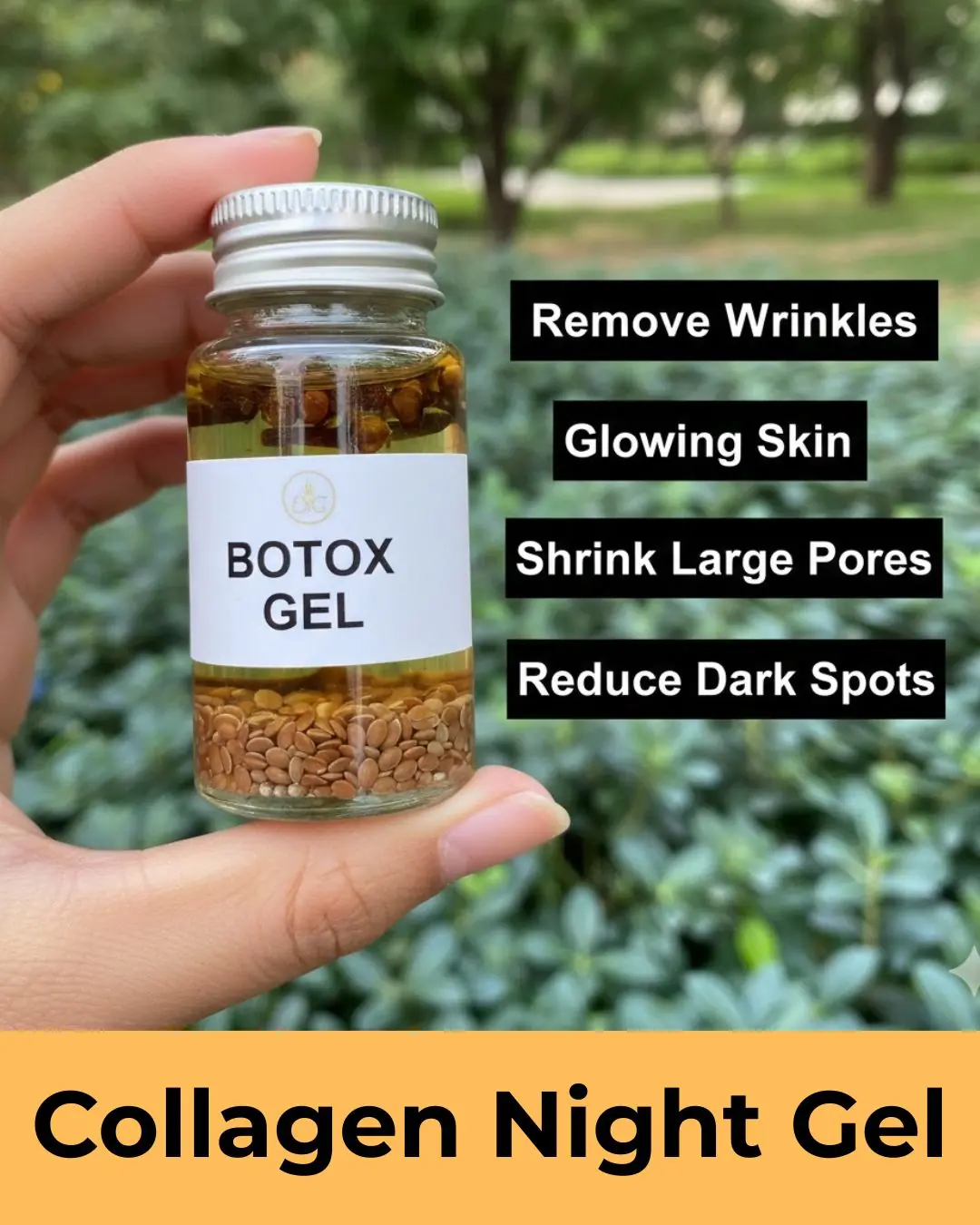
Flaxseed & Clove Anti-Aging Night Gel : Remove Wrinkles & Large Pores

How to Use Guava for Eye Comfort | Natural Remedies for Healthy Eyes

Top 10 foods that improve blood circulation in legs

American Sweetgum (Liquidambar styraciflua): Health Benefits and Easy Ways to Use It at Home

Orthopedist’s Secret: How to Support Natural Cartilage Repair in Just 24 Hours

UK Students Turn Skirts into Protest: How a Heatwave Sparked a Bold Stand for Uniform Equality

Injectable Gel Offers Hope for Restoring Movement and Sensation

Turmeric, Clove & Aloe Vera Natural Drink: The Homemade Remedy Many People Are Using to Support Their Health

Train Your Brain: How Thoughts Shape Who You Become
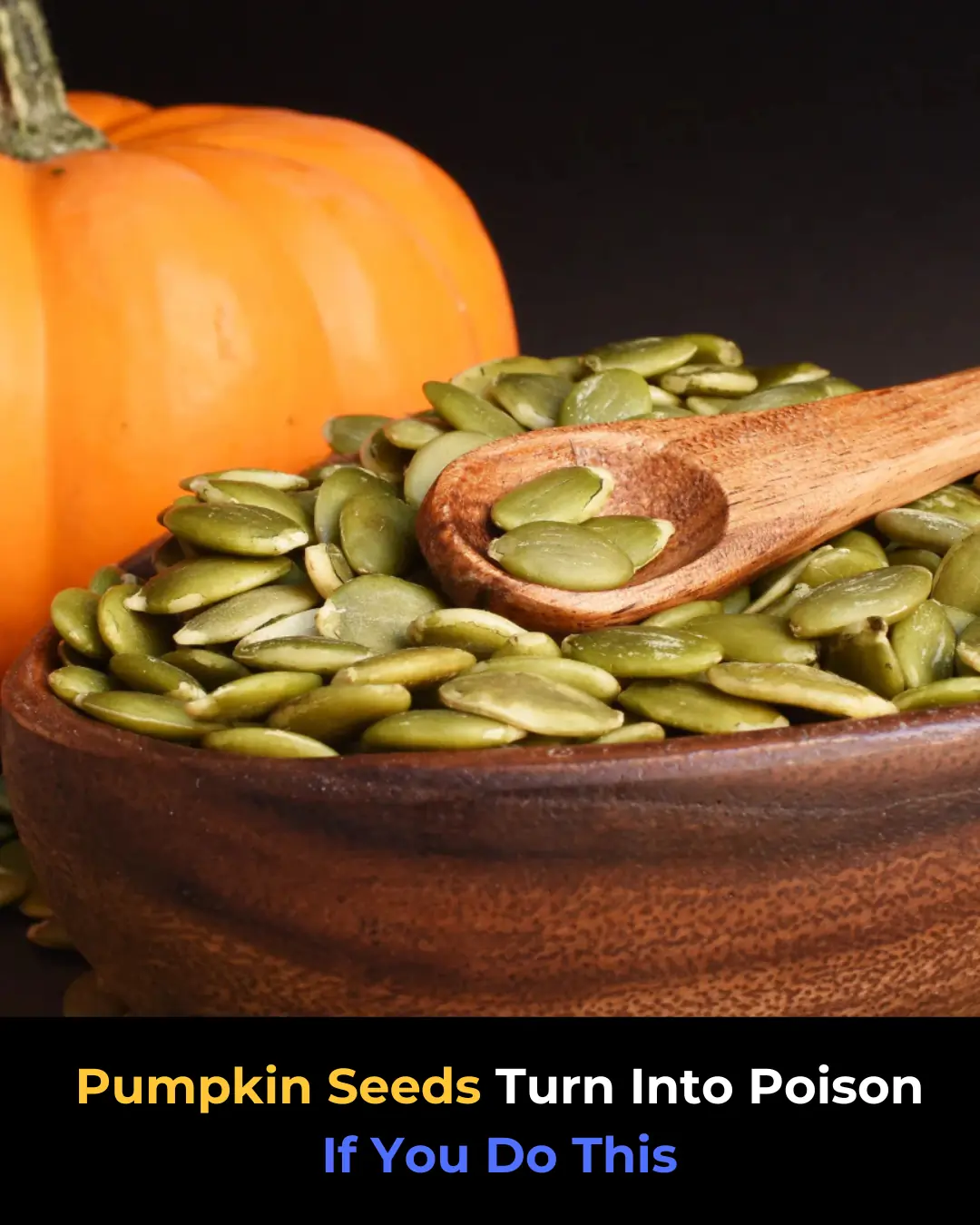
Japan’s Oldest Doctor Warns: 8 Pumpkin Seed Mistakes That Can Trigger Irreversible Reactions in Your Body

A New Era of Space Travel: UK Startup Reveals Ultra-Fast Fusion Rocket

The Gel That Could End Cavities: A New Era of Self-Healing Teeth

Yellow Stains on Toilet Seats and Bowls: Sprinkle This to Remove Stains and Eliminate Odors
